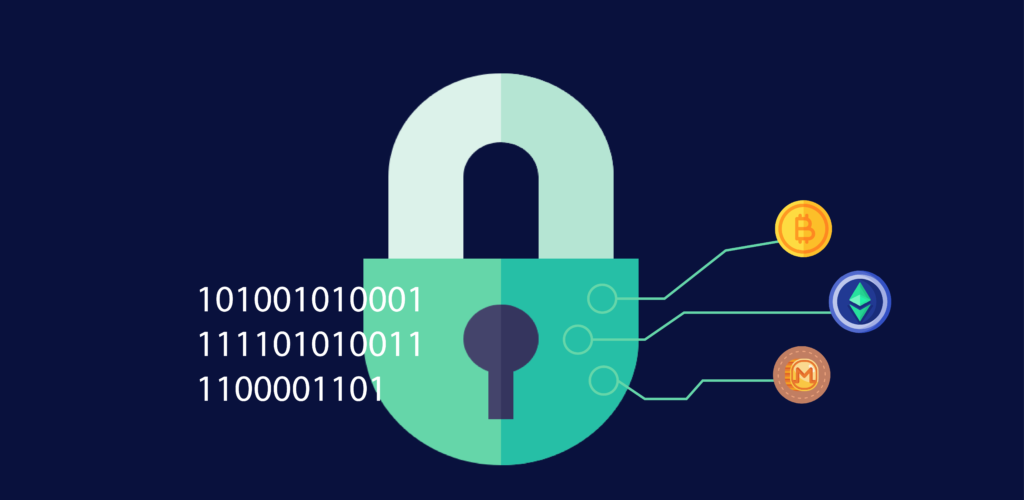
What is Cryptography?
What is Cryptography
Cryptography is associated with the process of converting ordinary plain text into unintelligible text and vice-versa. It is a method of storing and transmitting data in a particular form so that only those for whom it is intended can read and process it.
Cryptography not only protects data from theft or alteration but can also be used for user authentication. Cryptography involves creating written or generated codes that allow information to be kept secret. Cryptography converts data into a format that is unreadable for an unauthorized user, allowing it to be transmitted without unauthorized entities decoding it back into a readable format, thus compromising the data.
Information security uses cryptography on several levels. The information cannot be read without a key to decrypt it. The information maintains its integrity during transit and while being stored. Cryptography also aids in nonrepudiation. This means that the sender and the delivery of a message can be verified.
What problems does cryptography solve?
A secure system should provide several assurances such as confidentiality, integrity, and availability of data as well as authenticity and non-repudiation. When used correctly, crypto helps to provide these assurances.
Cryptography can ensure the confidentiality and integrity of both data in transit as well as data at rest. It can also authenticate senders and recipients to one another and protect against repudiation.
Software systems often have multiple endpoints, typically multiple clients, and one or more back-end servers. These client/server communications take place over networks that cannot be trusted.
Communication occurs over open, public networks such as the Internet, or private networks which may be compromised by external attackers or malicious insiders.
It can protect communications that traverse untrusted networks. There are two main types of attacks that an adversary may attempt to carry out on a network. Passive attacks involve an attacker simply listening to a network segment and attempting to read sensitive information as it travels.
Passive attacks may be online (in which an attacker reads traffic in real-time) or offline (in which an attacker simply captures traffic in real-time and views it later—perhaps after spending some time decrypting it)
What are the Cryptography principles?
The most important principle to keep in mind when using cryptography is that you should never attempt to design your own cryptosystem.
The world’s most brilliant cryptographers (including Phil Zimmerman and Ron Rivest) routinely create cryptosystems with serious security flaws in them.
In order for a cryptosystem to be deemed “secure,” it must face intense scrutiny from the security community.
Never rely on security through obscurity or the fact that attackers may not have knowledge of your system.
Remember that malicious insiders and determined attackers will attempt to attack your system.
The only things that should be “secret” when it comes to a secure cryptosystem are the keys themselves.
Be sure to take appropriate steps to protect any keys that your systems use. Never store encryption keys in the clear text along with the data that they protect





